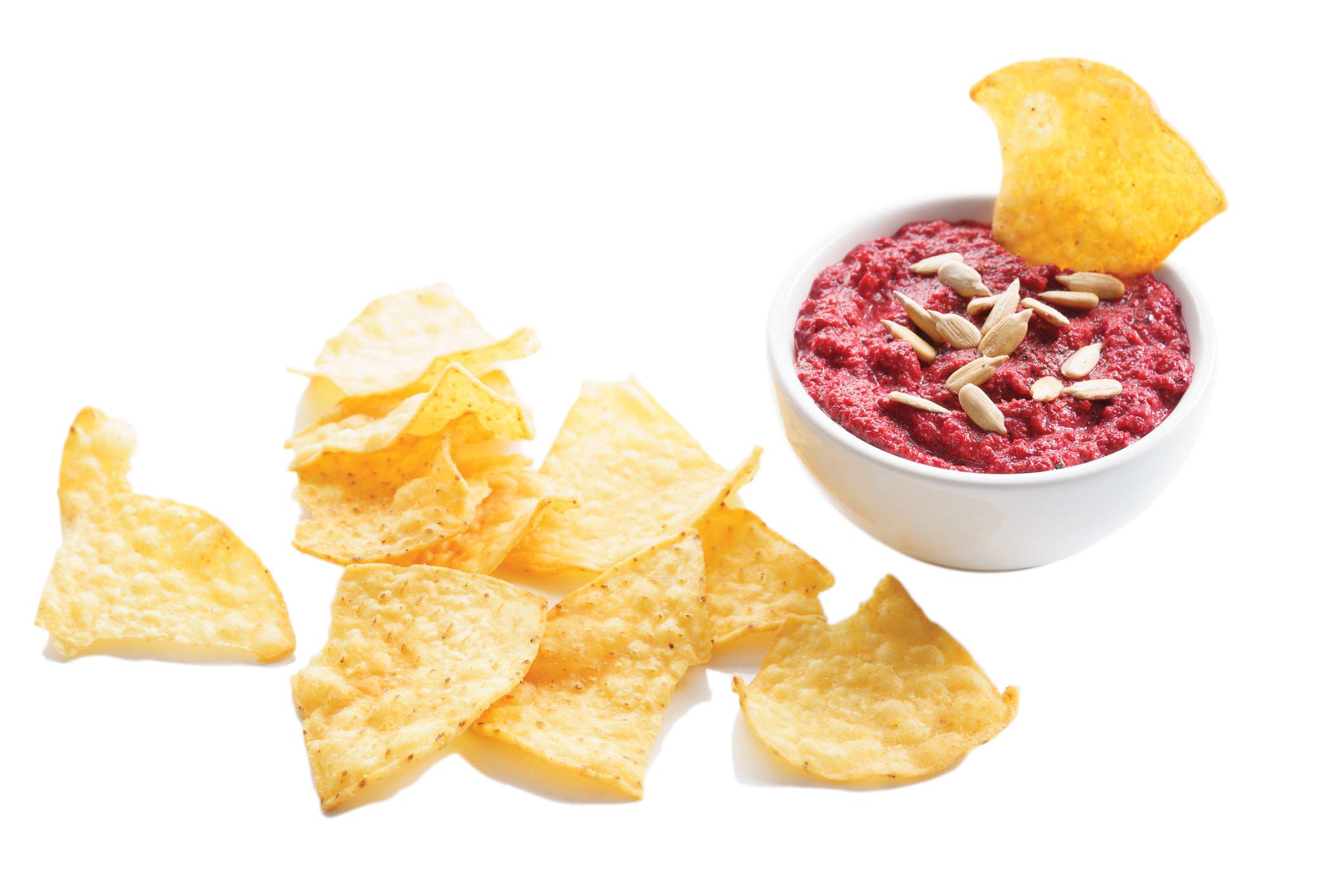Beautiful Beets
by Peggy Paul Casella
The beet plant is an ancient member of the chenopod or goosefoot family of vegetables, along with chard and spinach, and its leaves are similar in taste and texture to that of its relatives. In fact, the greens—not the sweet red root we think of when we think of beets—were the first part to be widely consumed. It wasn’t until the time of ancient Rome that people began cultivating the plant for its bulbous root. Over time, the vegetable’s natural sweetness was recognized, and eventually it became a staple in cuisines across the world and was even cultivated to produce sugar.
These days, there are three main varieties of beets available for consumption: red, yellow and chioggia (or candy stripe). Their rich, jewel-tone colors offer much more than visual appeal: The purplish-red and golden pigments come from powerful phytonutrients that may aid in overall nervous system health, boost the immune response and help the body ward off certain types of cancer. You can find beets at the market all year round, and as temperatures drop, this brightly hued, sweet, warming vegetable is just the thing to add some vibrancy to your winter cooking repertoire.
Sadly, you won’t have much luck finding bunched beets with their tops during the winter months, so instead look for bulbous roots that are very firm and deep in color with smooth, unblemished skin. They will keep in a plastic bag in the refrigerator for about three weeks.
Beet Hummus Dip
Makes about 2 cups
- 3 medium beets (not peeled)
- 3 medium garlic cloves (not peeled)
- Extra-virgin olive oil
- 1/4 cup tahini
- 1/4 cup freshly squeezed lemon juice
- 1 teaspoon ground cumin
- 1/2 teaspoon fine sea salt
- Freshly ground black pepper
- Preheat the oven to 400 F. Scrub the beets and place them on a piece of aluminum foil, along with the garlic cloves. Drizzle with olive oil and wrap tightly in the foil, creating a sealed packet, then roast for 45 minutes to 1 hour, or until the beets are easily pierced with a knife. Remove the packet from the oven, open it very carefully, and let the beets and garlic cool to room temperature.
- Peel and chop the beets and squeeze the roasted garlic cloves from their skins. Place the chopped beets and garlic in the bowl of a food processor, along with the tahini, lemon juice, cumin, salt and a few grinds of black pepper. Purée until smooth, then taste and add more salt and pepper as desired.
- Serve right away, or for a more intense flavor, let the hummus sit at room temperature for about 20 minutes. Store the hummus in an airtight container in the fridge for up to three days.
Peggy Paul Casella is a cookbook editor, writer, urban vegetable gardener, produce peddler and author of the blog Thursday Night Pizza.











